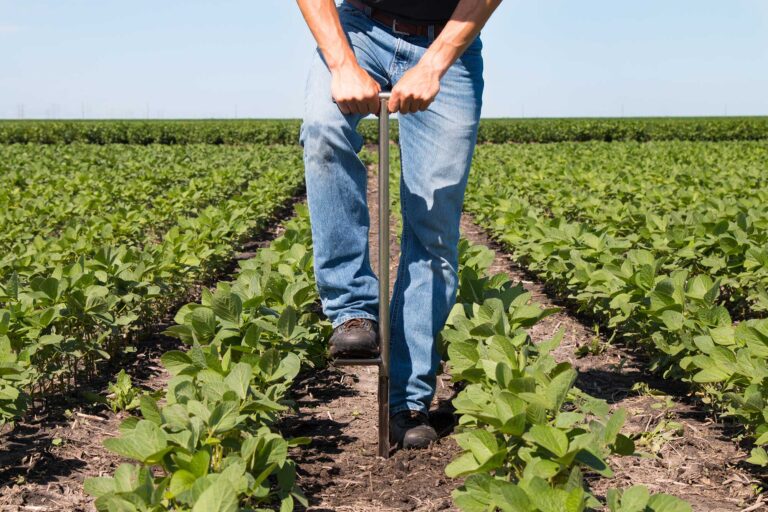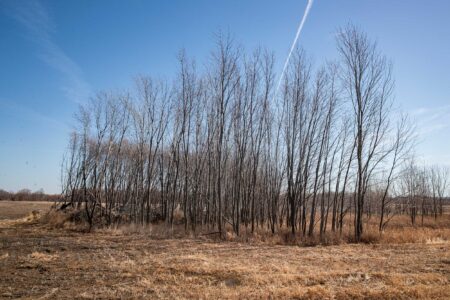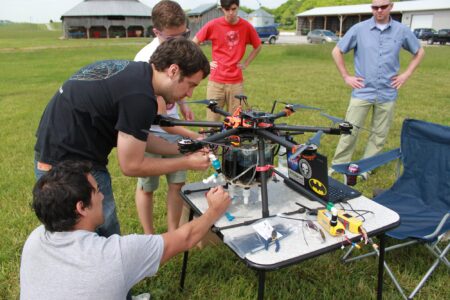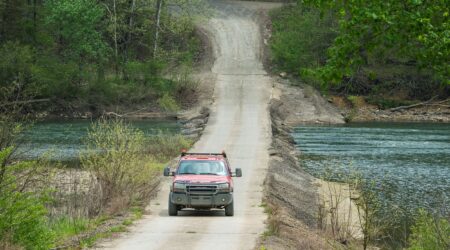High-quality soil is essential for healthy crops and long-term farm productivity. However, as pollution and climate issues worsen, farmers and agricultural workers often face challenges in maintaining the integrity of the land in their environment.
Because of this, experts have encouraged those involved in cultivation to explore the importance and viability of bioengineering for soil stabilization, focusing on common techniques and real-life examples.
The threat of soil degradation
Soil builds from the decay of organic matter, which is constantly happening. However, it takes an incredibly long time for a usable amount to form. Only 0.01-0.1 mm of soil materializes each year. Considering the human lifespan, soil is essentially a non-renewable resource, which presents a significant challenge as it is necessary for successful food production and agriculture.
A 2022 report by the UN Convention to Combat Desertification found that 52 percent of the world’s agricultural land is degraded. In 2024, UNESCO sounded the alarm on rapid soil degradation, presenting significant risks for humans, animals, and the environment. The organization estimates 90 percent of the Earth’s surface could degrade by 2050.
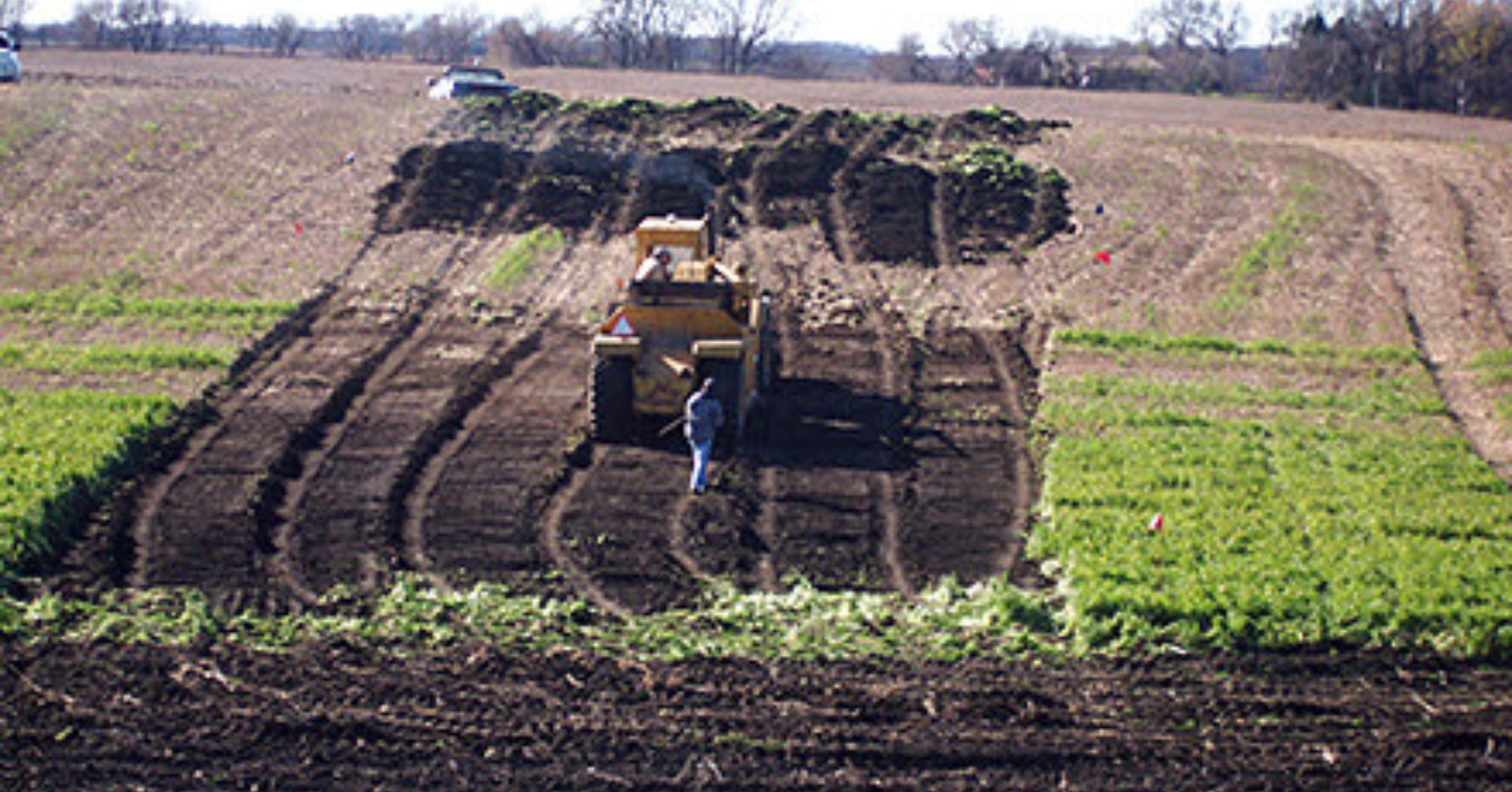
For these reasons, stabilization is a crucial priority for governments and environmental advocates. Aside from supporting agriculture, soil also helps purify water and regulate the climate. Lacking it could be disastrous for the environment and the world’s food supply.
What is soil bioengineering?
Soil bioengineering is a process that uses plants and other living matter to create stabilizing structures that protect and reinforce the earth.
Many restoration and conservation efforts prefer bioengineering over traditional erosion control methods due to its ecological benefits. Plant and organic matter are less likely to interfere with natural ecosystems and habitats, and over time, these natural structures can strengthen and blend into the area.
Trees and shrubs are excellent for stabilization due to their root structures. Their fibrous roots hold the soil together, increasing its resistance to stress or erosion. Tree trunks or woody stems can act as physical barriers or supports to prevent landslides or other disturbances.
Plants also absorb water. Their roots aid drainage systems and reduce free water flow across the ground, making the area safer for pedestrians and equipment. The growing leaves and branches also increase the roughness of the earth, which obstructs water flow and prevents erosion.
How bioengineering improves soil stability
Governments and scientists are recognizing the benefits of bioengineering as a sustainable method for stabilizing soil. Among some of the real-life examples and applications are:
Slope stabilization
Unprotected slopes can be challenging and dangerous, especially in stormy or rainy areas. Rain, wind or flowing water can easily wash away loose earth on unstable slopes. Aside from erosion, these natural events can cause landslides that destroy land structures and endanger lives.
Countries such as Nepal are using bioengineering techniques to stabilize bare slopes. The Narayanghat-Muglin road widening project improved speed and trade for the area, but kilometers of slopes were bare and prone to landslides, especially during the rainy season.
Immediately after the excavation process for the new roads, the local government, in partnership with the World Bank, used nature-based solutions to protect and stabilize more than a hundred bare slopes. The project used local plant species, as they better suited the environment.
Erosion control
Just as bioengineering techniques can hold together slopes, they are also excellent for general erosion control. Erosion is another pertinent issue connected to land and soil degradation. As the layers of ground material gets washed away, voids can form underground, posing safety threats and leaving plants and other living beings with fewer resources to thrive.
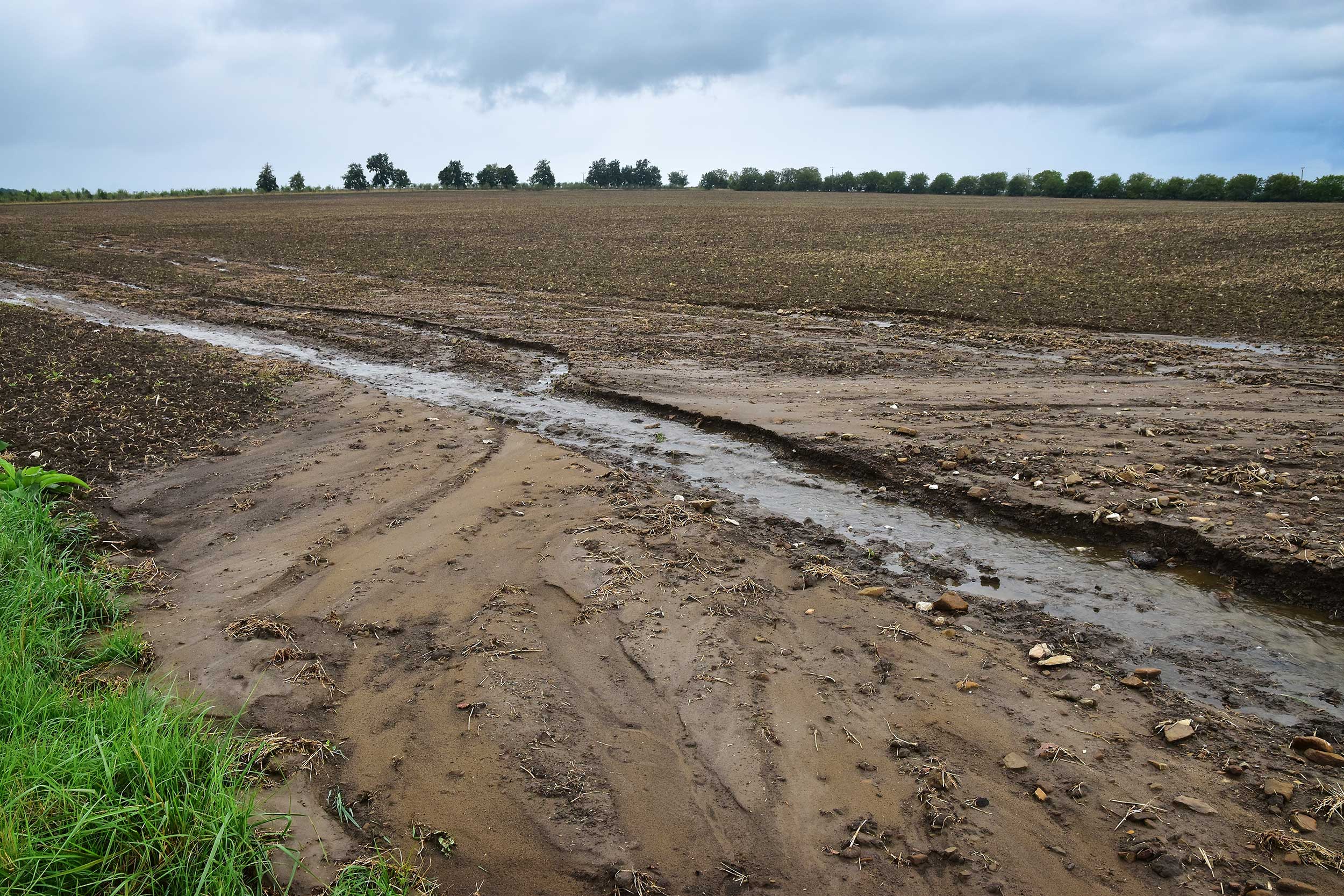

Research has found plants are just as — or even more effective than — traditional, synthetic erosion control methods. One 2024 study used cowpeas, pigeonpeas and sesame, comparing their performance against traditional erosion control methods regarding soil loss and water filtration capabilities.
Shoreline stabilization
While waves are a natural part of the motions of the ocean, they are growing significantly stronger and more dangerous due to climate change. Coastal areas are especially at risk when storms come, and waves rise even higher.
An excellent example of bioengineering for shoreline stabilization is the use of mangrove forests for storm surge protection. Their roots stabilize shorelines by dispersing wave energy and holding the earth together. They also filter and accumulate incoming sediments, promoting new soil formation.
Sustainable solutions for soil stability
Maintaining soil stability amid land degradation and climate change is a challenge that governments, environmental organizations, and agricultural workers must prioritize.
Research has shown the effectiveness of bioengineering as a sustainable way to enhance land stability, benefiting short-term food production and long-term land health. Adopting these eco-friendly methods helps farmers and communities strengthen the land for future generations.
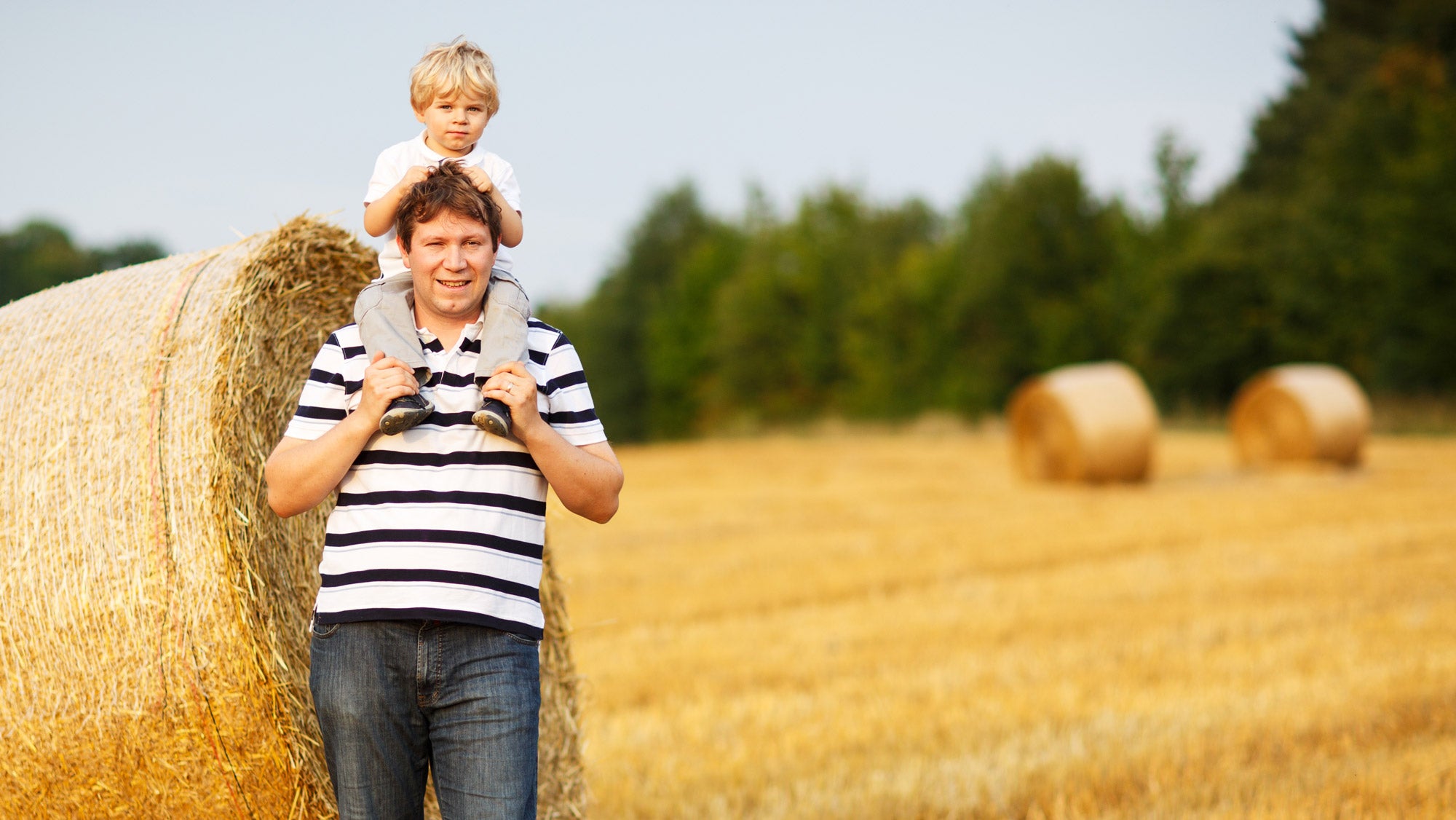

Ellie Gabel is a freelance writer living in Raleigh, North Carolina. She covers environmental issues and advancements in green tech for a wide variety of publications, and she also works as an associate editor for Revolutionized.com.


:max_bytes(150000):strip_icc()/Screenshot2025-04-11at2.12.23PM-41309f5811d642f0bf1539f0153a4f22.png)
:max_bytes(150000):strip_icc()/WackerNeuson_SSL_Farm1-cd354e4ebf3b43d3aca472d21fa84daf.jpg)
:max_bytes(150000):strip_icc()/Wheat_500x500_3-1-1c0a4a5c1908441393a1e02947749992.jpg)


